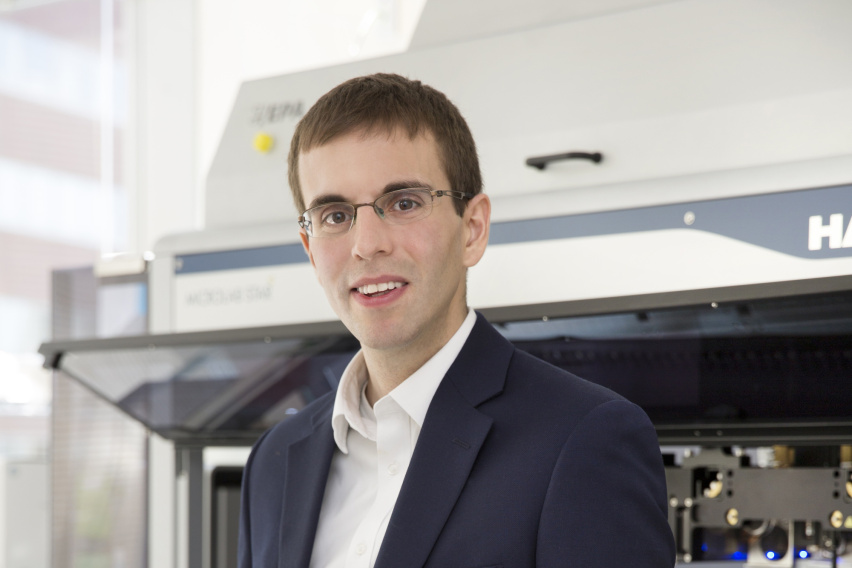MIT News
April 24, 2024
Just like in our bodies, circadian rhythms in our cells and genes regulate critical processes such as immune activity and metabolism.
In a Science Advances study, the Bhatia lab developed tiny, engineered human livers, and found that many genes involved in drug metabolism are under circadian control. Because these rhythms affect how much of a drug is available to the body and how effectively it breaks it down, they could be analyzed to improve dosing schedules for drugs, including chemotherapies.
